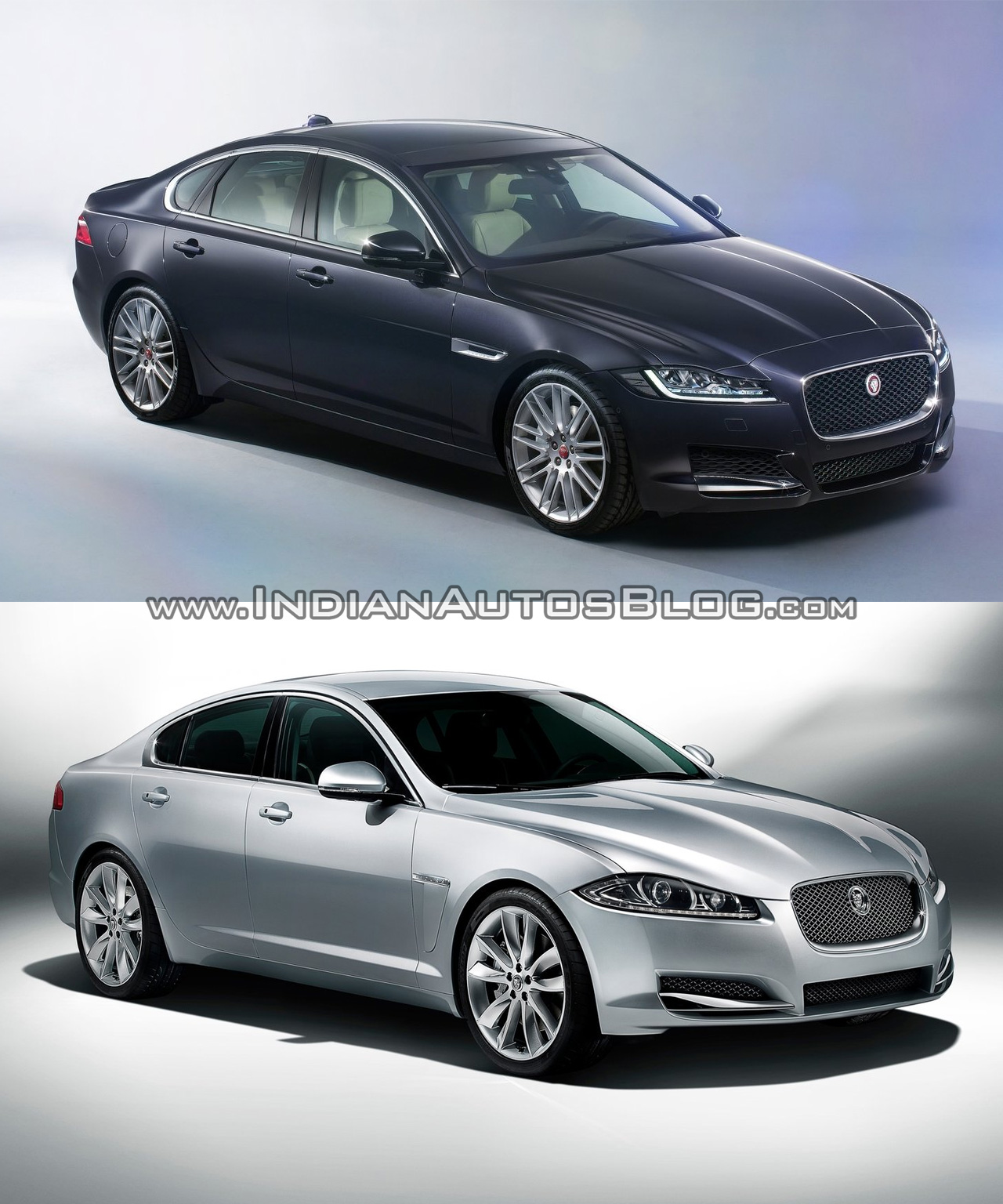

Skid Pad Lateral Acceleration (g): 0.84 (0.84 w/TC on)Īcceleration: Considering that the BMW 550i weighs almost 4,400 pounds, it gets off the line well. Suspension Type (rear): Independent multilink, coil springs, self-adjusting variable dampers, self-adjusting, active, stabilizer barĠ-60 with 1-ft Rollout (sec): 4.9 (5.0 w/ TC on)ġ/4-Mile (sec mph): 13.2 108.3 (13.4 106.5 w/ TC on) Suspension Type (front): Independent multilink, coil springs, self-adjusting variable dampers, lower control arms, self-adjusting, active, stabilizer bar Easy to control, but not the quickest sport sedan in this test.Įngine Type: Twin-turbocharged, direct-injected V8īrake Type (front): 14.7-inch ventilated steel discs with single-piston sliding calipersīrake Type (rear): 14.6-inch ventilated steel discs with single-piston sliding calipers Slalom: Softer reactions through quick transitions than some German competitors, but still capable and predictable. ESC On is so conservative the XF will barely squeak a tire around the skid pad so even marginally serious driving will require "Trac" mode. ESC can't be fully disabled so lurid powerslides aren't really in the cards in this otherwise reasonably communicative sedan. Skid pad: Not as stiff or as adjustable as its German competition, but still predictable and easy to drive. Stops straight and confident, with minimal pitch. Awesome.īraking: Solid, consistent pedal. This is one of those rare cars where you can get in, mash the gas and run a 12-second quarter-mile with no effort. Hooked up well even with minimal power braking.
#Difference between 2011 jaguar xf and 2012 jaguar xf manual#
Manual shifting only makes it harder to keep up, as the tach is easily outrun by the engine in lower gears. Skid Pad Lateral Acceleration (g): 0.82 (0.78 w/TC on)Īcceleration: Quickest run in Drive. Suspension Type (rear): Independent multilink, coil springs, two-mode variable dampers, stabilizer barĠ-60 with 1-ft Rollout (sec): 4.2 (4.4 w/ TC on)ġ/4-Mile (sec mph): 12.6 112.8 (12.8 112.8 w/ TC on) Suspension Type(front): Independent double-wishbones, two-mode variable dampers, stabilizer bar Which one takes it at the track?ĭrive Type: Front engine, rear-wheel driveīrake Type (front): Ventilated discs with two-piston sliding calipersīrake Type (rear): Ventilated discs with single-piston sliding calipers The end result is 400 hp and 450 lb-ft of torque.īoth cost just about $70,000. The direct competitor to the Jag also uses a V8, but BMW is force-feeding the 4.4-liter in the 2011 BMW 550i via turbochargers. The result is that our long-term 2012 Jaguar XF Supercharged produces 470 horsepower and 424 pound-feet of torque from its 5.0-liter V8. While most carmakers are sticking to more efficient turbocharging, Jaguar still strapped a supercharger to the XF. Bemoan the lack of responsiveness all you'd like, but the big-power numbers we're seeing today are only possible - when weighed against EPA regulations and consumers' desire for decent fuel economy - if there's something shoving air into the engine at an unnaturally high pressure. Enjoy.įorced induction is the name of the game in 2012. With that in mind we present "IL Track Tested," a quick rundown of all the data we collect at the track, along with comments direct from the test drivers. Cars, trucks, SUVs, we run them all, and the numbers always tell a story. Inside Line tests hundreds of vehicles a year.


 0 kommentar(er)
0 kommentar(er)
